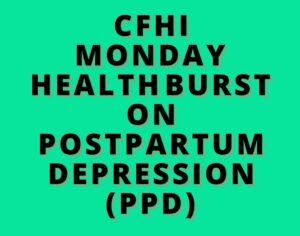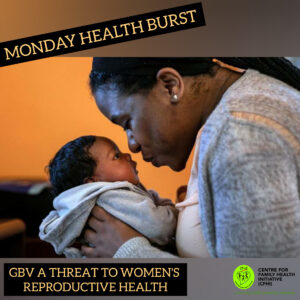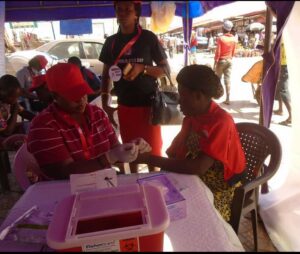HEALTH CONDITIONS ASSOCIATED WITH DRUG ABUSE

The Diagnostic and Statistical Manual of Mental Disorders fourth edition (DMS-4) defines drug abuse as “a maladaptive pattern of substance use leading to clinically significant impairment or distress.” Drug abuse also known as substance abuse refers to the use of certain chemicals to create pleasurable effects on the brain. Drugs most often used include alcohol, amphetamines, cannabis, cocaine, hallucinogens, and opioids.
Globally, some 35 million people are estimated to suffer from drug use disorder according to the latest World Drug Report, released by the United Nations Office on Drugs and Crime (UNODC). The report also estimates the number of opioid users at 53 million, up 56 per cent from previous estimates, and that opioids are responsible for two-thirds of the 585,000 people who died as a result of drug use in 2017. According to a survey led by Nigeria’s National Bureau of Statistics (NBS) and the Center for Research and Information on Substance Abuse, over the past year alone, nearly 15% of the adult population in Nigeria (around 14.3 million people) reported a “considerable level” of use of psychoactive drug substances—it’s a rate much higher than the 2016 global average of 5.6% among adults. It showed the highest levels of drug use were recorded among people aged between 25 to 39, with cannabis being the most widely used drug.
Addiction to any substance, whether legal or illegal, can in some cases lead to serious health conditions. The effects of drug abuse according to Medical News Today 2018 publication, depend on the type of drug, any other substances that a person is using, and their health history. Abusing a drug, or misusing prescription medication, can produce other short-term effects, such as changes in appetite, sleeplessness or insomnia, increased heart rate, slurred speech etc. On the other hand, experts have linked chronic drug use with the following health conditions:
- Cardiovascular disease: Stimulants, such as cocaine and methamphetamines, can damage the heart and blood vessels. The long-term use of these drugs can lead to coronary artery disease, arrhythmia, and heart attack.
- Respiratory problems: Drugs that people smoke or inhale can damage the respiratory system and lead to chronic respiratory infections and diseases.
- Kidney damage: The kidneys filter excess minerals and waste products from the blood. Heroin, ketamine and synthetic cannabinoids can cause kidney damage or kidney failure.
- Liver disease: Chronic drug and alcohol use can damage the liver cells, leading to inflammation, scarring, and even liver failure.
- Overdose: Taking too much of a drug or taking multiple drugs together can result in an overdose.
Drug addiction is treatable and starts with detox under medical supervision. Family and friends can begin the healing process through group therapy, counselling, and talking to others in peer support groups or meetings and drug addiction forums.
HEALTH CONDITIONS ASSOCIATED WITH DRUG ABUSE Read More »





 ADHD is one of the most common neurodevelopmental disorders of childhood. It is usually first diagnosed in childhood and often lasts into adulthood. ADHD symptoms can appear as early as between the ages of 3 and 6 and can continue through adolescence and adulthood. Symptoms of ADHD can be mistaken for emotional or disciplinary problems or missed entirely in quiet, well-behaved children. Adults with undiagnosed ADHD may have a history of poor academic performance, problems at work, or difficult or failed relationships.
ADHD is one of the most common neurodevelopmental disorders of childhood. It is usually first diagnosed in childhood and often lasts into adulthood. ADHD symptoms can appear as early as between the ages of 3 and 6 and can continue through adolescence and adulthood. Symptoms of ADHD can be mistaken for emotional or disciplinary problems or missed entirely in quiet, well-behaved children. Adults with undiagnosed ADHD may have a history of poor academic performance, problems at work, or difficult or failed relationships.



